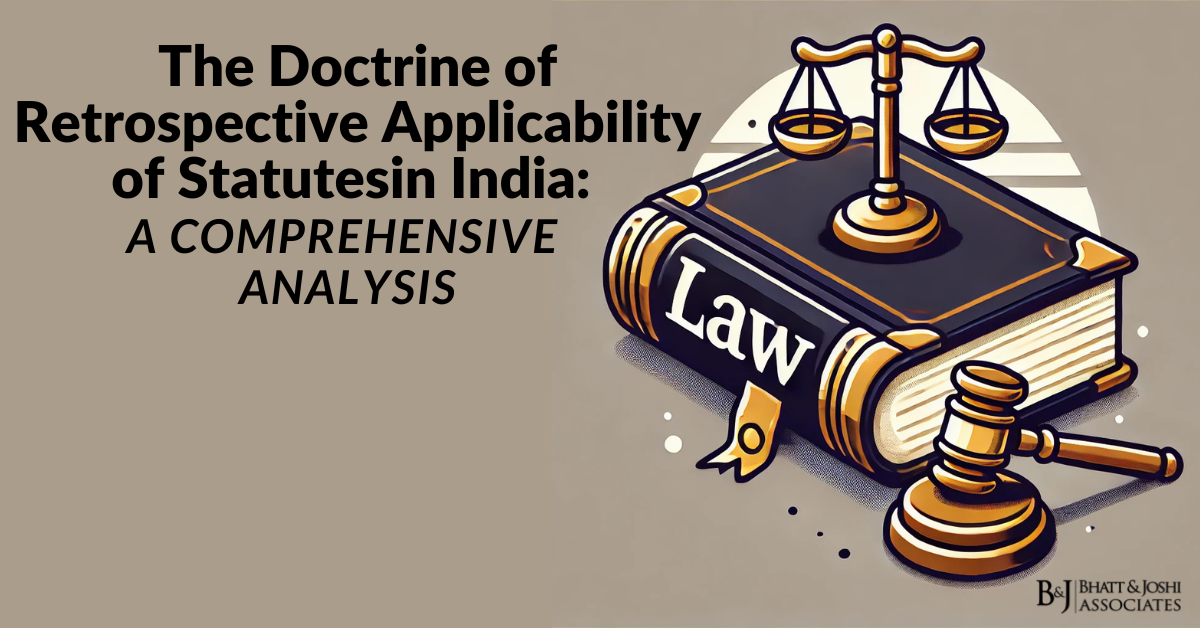Introduction
Environmental conservation has emerged as a critical issue in the 21st century, especially for countries like India, which possess a rich and diverse ecological heritage. India’s commitment to environmental protection is deeply rooted in its history, culture, and legal traditions. However, the rapid pace of urbanization, industrialization, and population growth has exerted immense pressure on natural resources, necessitating comprehensive legal measures to ensure sustainable development. This article explores the legal implications of India’s environmental conservation efforts and wildlife protection laws, examining the statutory framework, judicial interventions, and challenges in their implementation. By analyzing key laws, international commitments, and landmark case judgments, this discussion underscores India’s evolving environmental jurisprudence.
Historical and Cultural Roots of Environmental and Wildlife Laws
India’s relationship with nature is deeply intertwined with its cultural and religious traditions. Ancient scriptures such as the Vedas and Upanishads extol the virtues of environmental stewardship, advocating respect for all living beings and harmony with nature. Practices like sacred groves and the worship of rivers and forests reflect an intrinsic understanding of ecological balance.
However, the formalization of environmental and wildlife laws began during the British colonial era. The Indian Forest Act of 1865, later amended in 1927, marked the start of resource regulation, though its primary objective was to ensure revenue generation rather than conservation. Post-independence, the need for a more conservation-focused approach became evident, leading to significant legislative developments.
The Constitutional Mandate
The Indian Constitution, though originally silent on environmental matters, was amended in 1976 to include specific provisions on environmental protection. The 42nd Amendment introduced Article 48A, directing the State to protect and improve the environment, and Article 51A(g), which made it a fundamental duty of every citizen to protect and conserve the natural environment, including forests, lakes, rivers, and wildlife.
Over time, judicial interpretations have expanded the scope of these constitutional provisions. The right to a clean and healthy environment is now considered an integral part of the fundamental right to life under Article 21. This interpretation has placed an obligation on the State to ensure environmental sustainability while pursuing economic development.
Key Environmental and Wildlife Protection Laws
India’s environmental and wildlife conservation framework is governed by several landmark legislations that address various aspects of ecological preservation. Among these, three stand out for their comprehensive scope and impact.
The Wildlife (Protection) Act, 1972, is a cornerstone in India’s wildlife conservation efforts. Enacted in response to the alarming decline in wildlife populations, the Act provides for the protection of species through the establishment of protected areas such as national parks, wildlife sanctuaries, and conservation reserves. It categorizes species into schedules, offering varying degrees of protection, with Schedule I species receiving the highest level of protection. The Act also regulates hunting and trade in wildlife products, imposing stringent penalties for violations.
The Forest Conservation Act, 1980, aims to prevent the indiscriminate diversion of forest land for non-forestry purposes. This Act introduced the requirement of prior approval from the central government for any such diversion, ensuring rigorous scrutiny of developmental projects. This legislation has played a pivotal role in safeguarding India’s forest cover, which serves as a critical carbon sink and a habitat for countless species.
The Environment (Protection) Act, 1986, enacted in the aftermath of the Bhopal Gas Tragedy, is an umbrella legislation designed to provide a comprehensive framework for environmental regulation. The Act empowers the central government to take measures to protect and improve the environment, including the regulation of hazardous substances, emission standards, and environmental impact assessments (EIAs). It also enables the establishment of environmental authorities to oversee compliance.
Judicial Activism and Environmental Jurisprudence
The Indian judiciary has played a transformative role in the evolution of environmental law. Its proactive stance has often compensated for administrative inaction, setting significant legal precedents and introducing new principles.
One of the foundational principles introduced by the judiciary is the “polluter pays” principle, which mandates that those responsible for environmental degradation must bear the cost of restoration. This principle has been instrumental in holding industries accountable for pollution and ecological damage.
The “precautionary principle” is another significant contribution, requiring the State and other stakeholders to anticipate, prevent, and mitigate environmental harm even in the absence of conclusive scientific evidence. This principle emphasizes preventive action, particularly in cases involving potential risks to biodiversity and public health.
The concept of absolute liability, introduced in the landmark case of M.C. Mehta v. Union of India, has revolutionized environmental accountability. This principle holds industries engaged in hazardous activities liable for any harm caused, regardless of negligence or intent, thereby ensuring stricter compliance with safety norms.
Key Judgments Shaping Environmental and Wildlife Protection Laws
Several landmark judgments have shaped India’s environmental conservation and wildlife protection laws. The Supreme Court and High Courts have consistently upheld the principles of sustainability and intergenerational equity, balancing developmental aspirations with ecological imperatives.
The case of Vellore Citizens’ Welfare Forum v. Union of India introduced the concept of sustainable development into Indian jurisprudence. The court held that industries causing pollution must compensate for environmental damage and adopt cleaner technologies. This judgment reinforced the need for industries to integrate environmental considerations into their operations.
The T.N. Godavarman Thirumulpad v. Union of India case has had a profound impact on forest conservation. Initiated as a public interest litigation to address the depletion of forest resources, the case led to a series of orders by the Supreme Court, including a nationwide ban on tree felling in forest areas without prior approval and the establishment of compensatory afforestation mechanisms.
The Animal Welfare Board of India v. A. Nagaraja case highlighted the ethical dimensions of wildlife protection. The Supreme Court’s decision to ban Jallikattu, a traditional bull-taming sport, underscored the importance of animal welfare and set a precedent for reconciling cultural practices with conservation laws.
International Commitments and Their Influence
India’s environmental laws are significantly influenced by its international commitments under various treaties and conventions. As a signatory to the Convention on Biological Diversity (CBD), India has enacted the Biodiversity Act, 2002, to promote the conservation of biological resources and ensure equitable benefit-sharing. Similarly, the Convention on International Trade in Endangered Species of Wild Fauna and Flora (CITES) has informed the Wildlife (Protection) Act’s provisions on regulating trade in endangered species.
India’s participation in global forums like the United Nations Framework Convention on Climate Change (UNFCCC) has also shaped its domestic policies. Initiatives such as the National Action Plan on Climate Change (NAPCC) reflect the integration of international commitments into national strategies.
Challenges in Implementing Environmental and Wildlife Protection Laws
Despite a robust legal framework, several challenges impede the effective implementation of environmental conservation and wildlife protection laws. Corruption, bureaucratic inefficiencies, and lack of coordination among agencies often undermine enforcement efforts. Insufficient funding and human resources further exacerbate these issues.
Public awareness remains a critical challenge. Many citizens are unaware of their environmental rights and responsibilities, leading to limited participation in conservation efforts. Community engagement, though emphasized in policies, often remains superficial, lacking meaningful involvement in decision-making processes.
The conflict between development and conservation is perhaps the most significant challenge. Infrastructure projects, mining activities, and industrial expansion frequently encroach upon ecologically sensitive areas. While environmental impact assessments aim to mitigate such conflicts, concerns about their objectivity and transparency persist.
The Role of Technology in Conservation
Technology has emerged as a powerful tool in enhancing conservation efforts. Satellite imagery and Geographic Information Systems (GIS) are being used to monitor forest cover, wildlife movements, and illegal activities. Drones and camera traps have revolutionized wildlife monitoring, enabling researchers to study animal behavior and detect poaching threats.
Artificial intelligence and machine learning are being leveraged to analyze ecological data, predict environmental trends, and optimize resource management. Mobile applications and social media platforms have also facilitated citizen participation, enabling individuals to report environmental violations and contribute to conservation initiatives.
The Way Forward
To strengthen India’s environmental conservation efforts, it is essential to adopt a multi-pronged approach. Enhancing the capacity of regulatory institutions, ensuring the independence and transparency of impact assessments, and fostering inter-agency coordination can address administrative challenges.
Public awareness campaigns and community-driven initiatives can bridge the gap between policies and ground realities. By empowering local communities and recognizing their traditional knowledge, conservation efforts can become more inclusive and sustainable.
India’s judiciary must continue to play a proactive role, balancing developmental priorities with environmental concerns. Legislative reforms should focus on addressing emerging challenges such as climate change, urbanization, and plastic pollution. Strengthening international cooperation and leveraging global best practices can further enhance India’s conservation efforts.
Conclusion
India’s legal framework for environmental conservation and wildlife protection laws reflects its commitment to preserving its natural heritage. While significant progress has been made, the challenges of implementation, enforcement, and balancing development with conservation remain. By adopting a holistic approach that integrates legal, technological, and community-driven strategies, India can pave the way for sustainable development. As a global leader in environmental conservation, India’s efforts hold the potential to inspire and shape the global narrative on ecological stewardship.














